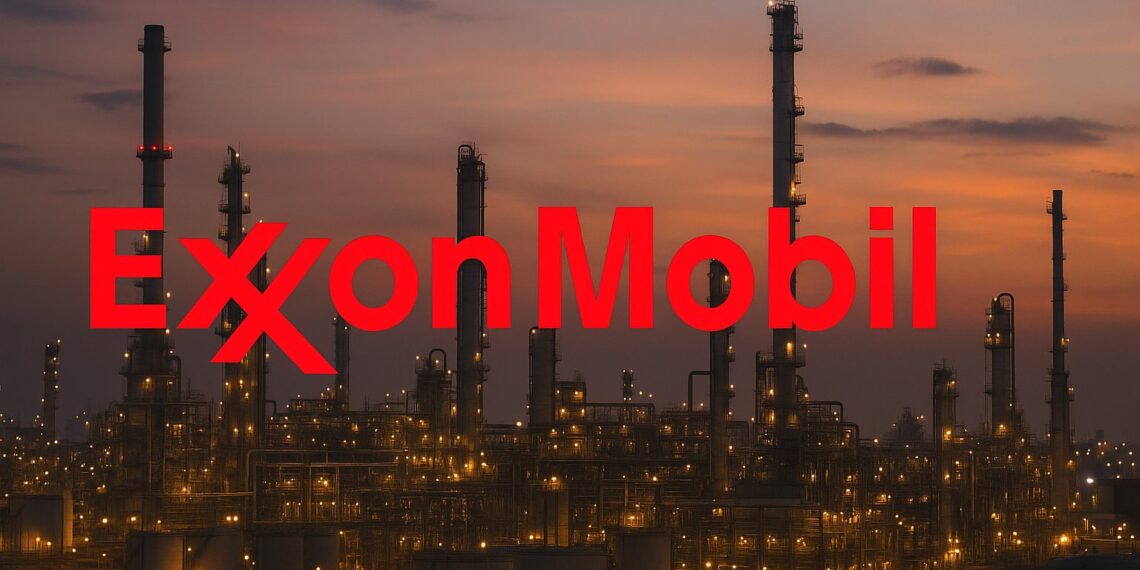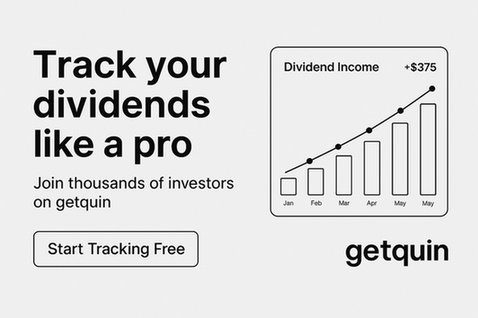At a glance
- ExxonMobil management has publicly argued that the EU’s Corporate Sustainability Due Diligence Directive (CSDDD) imposes heavy, potentially extraterritorial obligations and revenue-linked penalties.
- The company says the rule could materially alter the risk–reward of operating in Europe—possibly to the point of exiting certain activities.
- For investors, the key swing factors are scope, timelines, and enforcement mechanics as EU member states implement the directive.
What is the CSDDD and why does it matter?
The Corporate Sustainability Due Diligence Directive aims to make large companies—EU-based or foreign firms with significant EU turnover—identify, prevent, and remedy environmental and human-rights harms across their global value chains. It also expects boards to integrate climate-aligned transition planning into strategy. In practice, that means:
- End-to-end supply-chain mapping: From upstream extraction and raw materials to logistics and downstream distribution.
- Risk identification and remediation: Policies, controls, and corrective action plans for high-risk suppliers and projects.
- Governance and accountability: Board-level oversight, executive incentives aligned to plan execution, and public reporting.
- Penalties and liability exposure: Revenue-linked fines and civil liability pathways in member states heighten tail risks.
For energy producers with complex, globe-spanning supply chains, the compliance lift isn’t just paperwork—it touches procurement, contracting, and capital allocation.
Why ExxonMobil is pushing back
ExxonMobil’s case centers on three points:
- Scale of penalties: Revenue-linked fines can dwarf traditional administrative penalties, altering the economics of marginal projects.
- Extraterritorial reach: Obligations apply beyond EU borders, effectively exporting EU standards into non-EU operations and supplier networks.
- Operational friction: Deep supplier audits, remediation, and documentation add cost, elongate timelines, and may complicate long-dated investments such as LNG supply, refining upgrades, and petrochemical expansions.
From ExxonMobil’s perspective, these factors combine into a structural competitiveness hit versus jurisdictions with narrower liability and clearer enforcement guardrails.
What a partial or full pullback from Europe could look like
A “Europe exit” is unlikely to be a single switch-flip. It would more plausibly unfold as:
- Selective portfolio pruning: Selling or shelving lower-return assets first (e.g., certain downstream/chemicals footprints) while preserving core cash engines.
- Capex re-routing: Shifting marginal growth capital toward North America and the Middle East where regulatory predictability and project lead times may be more favorable.
- Commercial renegotiation: Rewriting supplier and offtake contracts to reallocate risk, potentially raising costs for European counterparties.
- Hedging regulatory risk: More conservative price decks and hurdle rates for EU projects; higher contingency buffers in budgets; tighter IRR thresholds.
Market implications if the rhetoric hardens
- Valuation dispersion within energy: EU-exposed integrated majors could trade at a wider risk discount versus peers leaning on U.S. Gulf Coast and Permian cash flows.
- Refining and chemicals dynamics: Potential underinvestment in European plants might tighten regional supply during cyclical upswings, widening crack spreads seasonally but increasing volatility.
- Supply security narrative: European buyers could face stiffer terms for long-duration LNG and feedstock contracts as producers price in compliance and liability.
- ESG policy precedent: If CSDDD-style rules proliferate, investors may recalibrate models for compliance opex, legal reserves, and project lead times across sectors—not just energy.
XOM stock: how to think about positioning
Not investment advice. For research frameworks:
- Base case (policy softening): If final member-state implementations narrow scope and temper penalties, headline risk fades and XOM’s multiple can re-rate toward integrated-major peers on cash return strength.
- Bear case (hard enforcement): If fines are set high and liability is expansive, expect higher EU-specific risk premia, modest capex deferrals, and a shift toward buybacks over growth.
- Event-driven lens: Track implementation timetables, enforcement guidance, and any asset review disclosures tied to Europe. Price dislocations around policy headlines can create tactical entries for hedged positions.
Risk checklist for your model:
- Sensitivity of downstream/chemicals margins to European demand and regulation
- Incremental compliance opex and potential provisioning for litigation
- Capex mix (EU vs. non-EU) and payback horizons
- Contractual renegotiation risk with EU counterparties
What to watch next
- Implementation calendars in key EU member states and details on penalty formulas.
- Peer commentary: Whether other integrated majors echo exit threats or flag project delays.
- Corporate disclosures: Any guidance updates on capex, divestitures, or restructuring tied to EU compliance.
- Trade dynamics: LNG contract structures and pricing signals that embed compliance risk.
Conclusion
ExxonMobil’s warning should be viewed as both negotiation and strategy. The company is signaling that policy certainty and proportionality will determine how much capital it’s willing to commit to Europe. For investors, the pivot points are clear: the breadth of due-diligence obligations, the size and structure of penalties, and how quickly—and uniformly—member states enforce the rules. Until those uncertainties settle, expect higher event risk for EU-exposed energy assets and a premium on management teams that can optimize portfolios without sacrificing cash returns.
FAQ
What is the EU’s CSDDD?
A directive requiring large companies to manage environmental and human-rights risks across global value chains, with board oversight and climate transition planning.
Does the rule apply to non-EU companies?
Yes—if a company generates substantial turnover in the EU, it falls in scope even if headquartered elsewhere.
How could this affect ExxonMobil’s strategy?
By increasing compliance costs, legal exposure, and timeline risk for European assets—potentially pushing the firm to redirect capital to other regions.
Is an immediate exit from Europe likely?
Unlikely as a single event. More plausible is a staged approach: pause new projects first, then prune lower-return assets if enforcement proves stringent.
What are the biggest investor watchpoints?
Penalty calibration, civil-liability pathways, national enforcement styles, and management commentary on EU-linked capex and asset sales.
Disclaimer
This article is for informational and educational purposes only and does not constitute investment advice, an offer, or a solicitation to buy or sell any security. Investing involves risk, including possible loss of principal. Conduct your own research and consider consulting a licensed financial advisor before making investment decisions.








